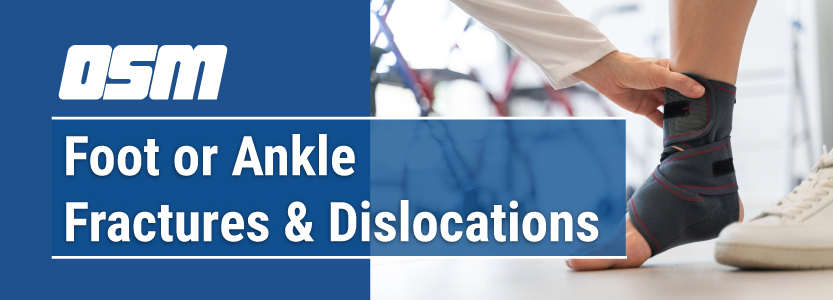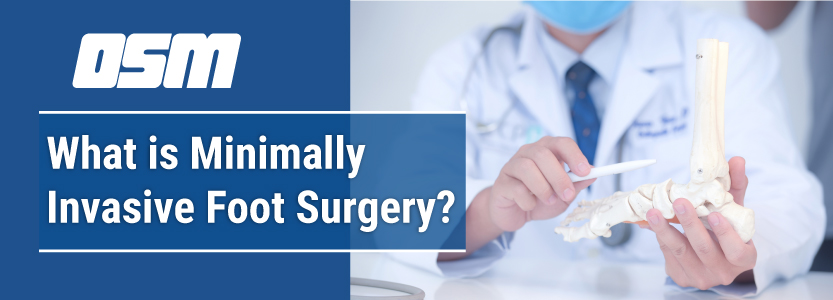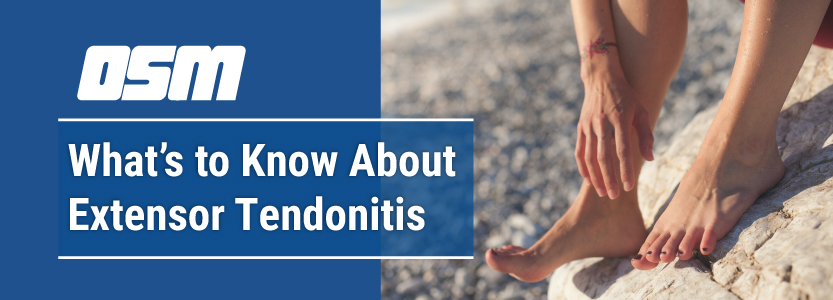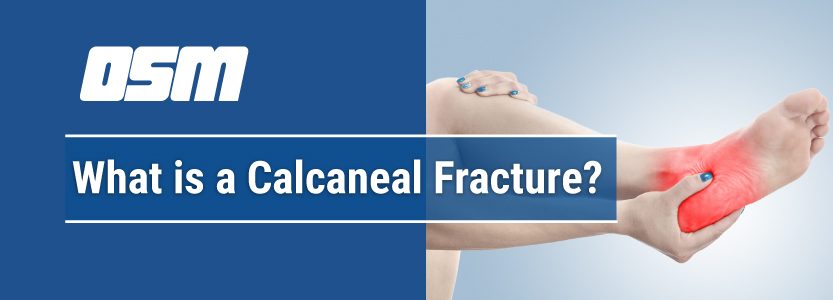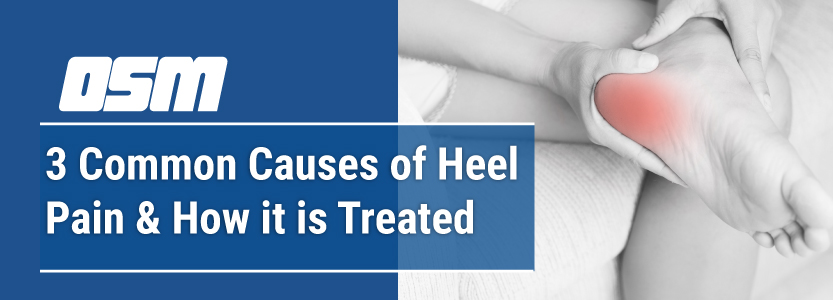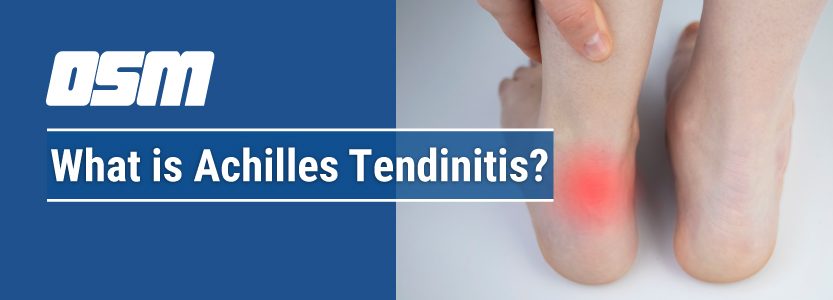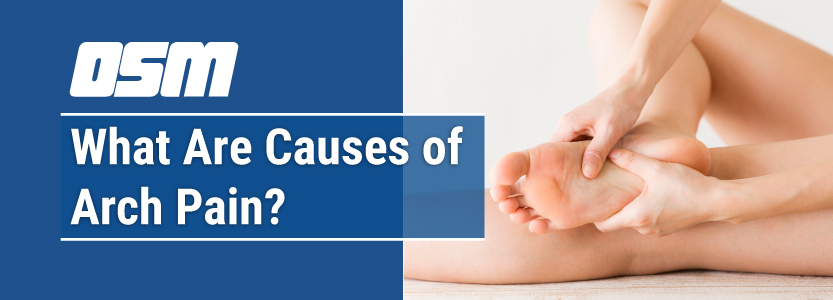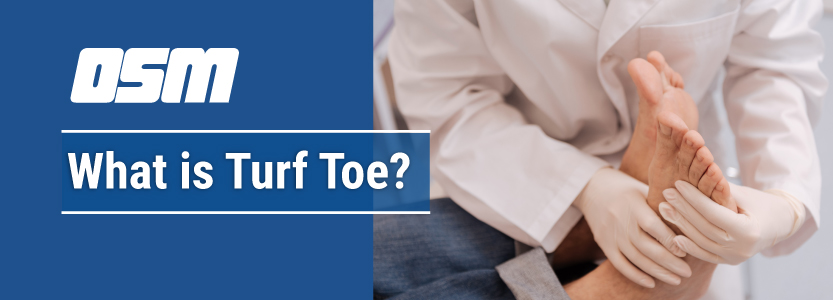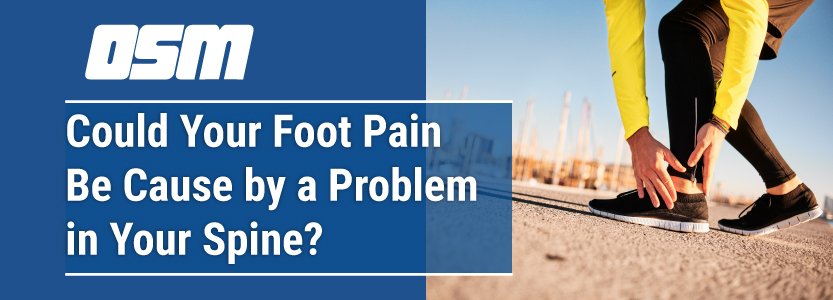Foot or Ankle Fractures & Dislocations
Article featured on Mercy Health
Causes of foot or ankle fractures or dislocations
A foot or ankle fracture or dislocation can be caused by a variety of factors. Some of these include:
- An acute injury caused by direct force like a fall, car accident or a sporting accident
- Overuse or repeated movements that wear down the musculoskeletal tissues
Risk factors for foot or ankle fractures and dislocations
Risk factors for fractures and dislocations are:
- Foot or ankle fractures and dislocations are most common in high impact or extreme sports such as downhill skiing, football, basketball, soccer or rugby
- Jobs and sports (such as running) that require repetitive movements lead to a higher risk for stress fractures
Symptoms of foot or ankle fractures or dislocations
The most obvious symptoms of a foot or ankle fracture or dislocation are severe pain, swelling and bruising.
Other symptoms of foot or ankle fractures and dislocations include:
- Misaligned foot or ankle
- Numbness to the impacted area
- Loss of use of the injured area
- Muscle spasms around the injured area
Not all fractures or dislocations will cause the person to lose mobility. Contact your orthopedic physician if you suspect you have a fracture or dislocation or you have several of the above symptoms. The longer you wait to see a physician, the longer the healing process will be.
Stress fractures are more challenging to self-diagnose because they can be caused by minor injuries and can be mistaken as a sprain or a strain . If the pain does not subside in 3 – 5 days after a minor injury, schedule a consult with your physician.
Visit the emergency room immediately if the injury is severe and multiple body parts have been impacted.
Diagnosis of foot or ankle fractures or dislocations
A foot or ankle fracture or dislocation is diagnosed under the care of your orthopedic or sports medicine provider.
Typically, the physician will order an x-ray to identify the fracture. In more severe cases, your orthopedic physician will order an MRI (magnetic resonance imaging) or CT (computed tomography) scan.
Treatment for foot or ankle fractures or dislocations
After suffering a fracture or dislocation apply pressure to the impacted foot or ankle, splint the area, and call for a medical appointment as soon as possible.
- Surgical realignment
- Splint/Brace
- Cast
Recovery from foot or ankle fractures or dislocations
Recovering from a fractured or dislocated foot or ankle can take anywhere from 6 weeks to more than a year depending on the severity of the injury. Staying off the ankle and rest are crucial in allowing you to heal as quickly as possible.
It is important to follow your physician’s recommendations for recovery including follow up visits and x-rays of the injured area.
The Orthopedic & Sports Medicine Center of Oregon is an award-winning, board-certified orthopedic group located in downtown Portland Oregon. We utilize both surgical and nonsurgical means to treat musculoskeletal trauma, spine diseases, foot and ankle conditions, sports injuries, degenerative diseases, infections, tumors and congenital disorders.
Our mission is to return our patients back to pain-free mobility and full strength as quickly and painlessly as possible using both surgical and non-surgical orthopedic procedures.
Our expert physicians provide leading-edge, comprehensive care in the diagnosis and treatment of orthopedic conditions, including total joint replacement and sports medicine. We apply the latest state-of-the-art techniques in order to return our patients to their active lifestyle.
If you’re looking for compassionate, expert orthopedic and podiatric surgeons in Portland Oregon, contact OSM today.
Phone:
Address
17355 Lower Boones Ferry Rd Suite 100A
Lake Oswego, OR 97035
Hours
Monday–Friday
8:00am – 4:30pm

